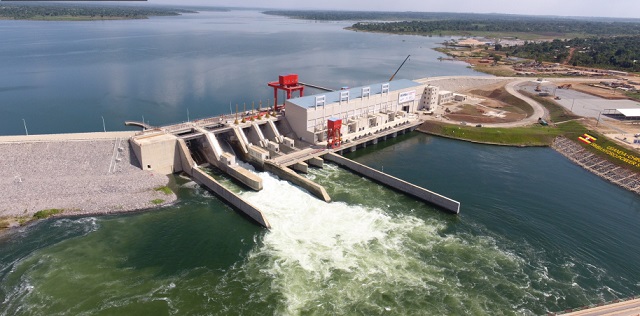
The government needs to invest in tourism and fishing activities near the dam
Kampala, Uganda | ISAAC KHISA | Returning to Kayunga District after nearly a decade of absence, one could easily be astonished with the rapid transformations.
The once dusty and potholed roads as well as the run-down structures are fast waning as government invests in infrastructure in the district following the step to build the 183MW dam on the upstream of River Nile at Isimba.
Kayunga town, which in the past experienced an exodus of the so called ‘investors’ especially in clinics, pharmaceuticals and supermarkets to the neighbouring towns such as Mukono and Kampala, are once again back.
“We now have clinics, pharmacies and supermarkets as a result of the dam construction. We hope that the trend will continue,” Amos Lugoloobi, the MP for Ntenjeru South, which is in Kayunga District told The Independent in an interview.
“Initially, Kayunga was on a decline largely because demand was so low, people were so poor, and most shops had become mere kiosks, selling things like sweet bananas.”
Lugoloobi said Kayunga is fast transforming into a vibrant town riding on the dam and that the entire district is on a growth path. The same developments are taking place in Kamuli District, which also borders Isimba dam.
Numerous schools and health centres have been renovated and or upgraded in Kayunga and Kamuli, and works on tarmacking access roads and building a bridge to connect the two districts are ongoing.
The 800-metre bridge is expected to be completed this year opening up trade opportunities between Buganda and Busoga. Electricity and clean water, too, have been connected to the communities in both districts as a form of compensation to the lost waters in the river.
However, Lugoloobi, said there is still a lot in store with the completion of construction works on the access roads and the bridge.
“We are also constructing a larger hospital in Kayunga that we shall be commissioning soon” he said. “Also, roads will be accessible everywhere in the district.”
He said Kayunga district will soon be a trade hub, connecting businesses and trade from Kamuli, Mukono and Kampala.
Currently, the economic activities in these two districts include fishing, coffee, cotton, pineapples and passion fruits farming.
However, Lugoloobi said more other government entities need to ride on the new dam to initiate new business activities in two districts.
“We now need various ministries to ride on the dam to boost development. The tourism ministry can use the new dam and bridge to boost tourism, agriculture ministry for cage farming in the huge water reservoir towards Jinja and the education ministry for student’s tour,” he said.
Schools and health centre renovated
Currently, a number of schools and health centres have been renovated or are undergoing renovation to improve lives of the dam’s neighbouring communities.
Some of these include: Nakandulo Primary School, St. Peter’s Kibuzi Sec School, Busaana Sec School, Busaana Health Centre II, Nakakandwa Primary School and Namusara Health Centre II.
Others are; Lwanyama Technical Institute, Kayunga Health Centre II, Mbalamuti Health Centre II, St. Andrews Primary School, Bukamba Health Centre II as well as VIP latrines and toilets in both districts.
Thomas Kategere, the LCV chairperson for Kamuli District told The Independent that they are happy with the recent developments in their area owing to the construction of Isimba dam.
He, for instance, said Mbalamuti Health Centre II was upgraded with the children’s ward, general ward, staff houses and VIP latrines.
Lwanyama Technical Institute is almost 90% upgraded to accommodate at least 1,000 students and so is Mbulamuti Primary school that has been re-constructed.
“The fact is that the dam construction has brought a lot of development to the people of Isimba and we as local leaders are happy,” he said.
Nevertheless, Kategere said UEGCL need to consider planting trees on the banks of River Nile to minimise on water losses especially during the dry season.
“We have written various letters to UEGCL about this issue (planting trees on the river banks) but they seem not interested,” he said, “yet in the event that the water levels drop, these dams that the government is constructing on the river will be white elephants.”
 The Independent Uganda: You get the Truth we Pay the Price
The Independent Uganda: You get the Truth we Pay the Price


